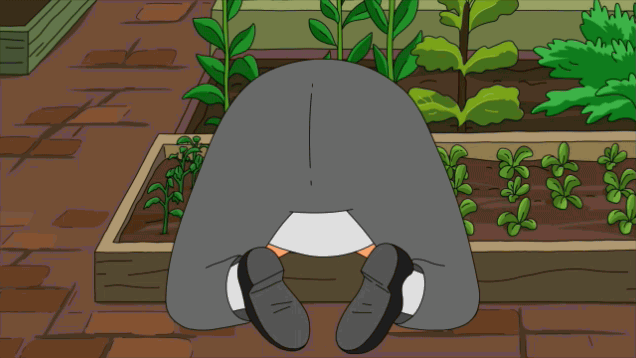Establishing a Reciprocal Relationship with Your Garden
by Shawn Maestretti
In 2020 we had the pleasure of developing a relationship with Kat High, an elder of Hupa descent, as we worked together to reimagine a more accessible gathering garden for her on a steep hillside in Topanga. Kat is an educator and expert on California native gardens and culture. During one of our initial Zoom meetings, she enlightened us on the concept of developing a relationship with one’s garden and pointed out that the concept of stewardship represents a colonial, supremacist approach to land management. “Where is your relationship?” Kat asked.
My first response was WOW… mind-blown, dots connected. This conversation was a completely revelatory experience for us. After that meeting, Leigh and I sat down and talked about the concepts of maintenance and relationships in our own gardens and in our clients’ gardens. We discussed the differences between traditional and reciprocal maintenance approaches: Pruning vs. gathering. Green bin vs. chop and drop. Taking vs. exchanging. We knew the world’s current standards for garden maintenance have been bad for the planet, but this conversation made us realize that these standards have been bad for our personal relationships with the planet as well.

Slowing down to observe the seasonal changes in your garden is a great way to start learning the language of your landscape. (Photo: Studio Petrichor)
A garden is the result of the interconnected relationships between soil, water, plants, wildlife, and humans. Nature operates through reciprocal relationships and the concept of “low” or “no maintenance” is a myth. Newly established gardens and landscapes need support and YOU, the gardener, are needed to acknowledge and accept the role of caretaker. Maintenance is really about establishing a relationship in which we observe and learn from nature in order to give our landscape what it needs. A good design is just the foundation, the “bones” of a garden structure from which the life we have introduced will take hold and flourish. We must remember that a garden is a process, not a product, and it is not meant to be controlled. When a plant is unsuccessful, it isn’t necessarily your fault. It’s part of discovering what works and what doesn’t in your unique ecosystem.
Many of us in Southern California have just planted a new garden or maybe a few new plants during this November to February “sweet spot”… at least this is when we plant as we want our young native plants to get a good Winter rain before a long, dry, and hot Summer. Now is the perfect time to plant a gathering garden as well.

Pitcher Sage, California Sagebrush, and Coyote Mint gathered from our front garden at Casa Petrichor. Remember to be mindful in your gathering as well – gather from your own garden, never from the wild or on public lands, and take only what you need. (Photo: Studio Petrichor)
Planting and tending a gathering garden is a powerful, ceremonious, even meditative way to rekindle a relationship with nature and our community. As Kat puts it, “I like to think that our native plants benefit from our interaction – and gathering. It is a way to cultivate the dynamic balance that was maintained for thousands of years. We are a part of the equation, or algorithm as they now say.” Moving forward we will be building stronger relationships with our gardens through more mindful practices like:
- Asking permission: Do you converse with nature?
- Giving thanks: So easy to do, yet we often just cut and run… literally.
- Sharing the abundance: There is so much to give, but we should take only what we need.
- Producing no waste: The nutrients your garden needs are clippers away.
- Leaving your leaves: Rather than caving to the controlled obsession with “tidiness,” save yourself some work and leave your leaves to provide your soil with organic matter.
We would like to thank Kat High for opening our eyes to our broken relationships with the land and our Mother Earth. We encourage you to discover what you love about nature, relate that to your own life, foster that relationship in your own home or community garden, and strive to protect natural, living systems.

